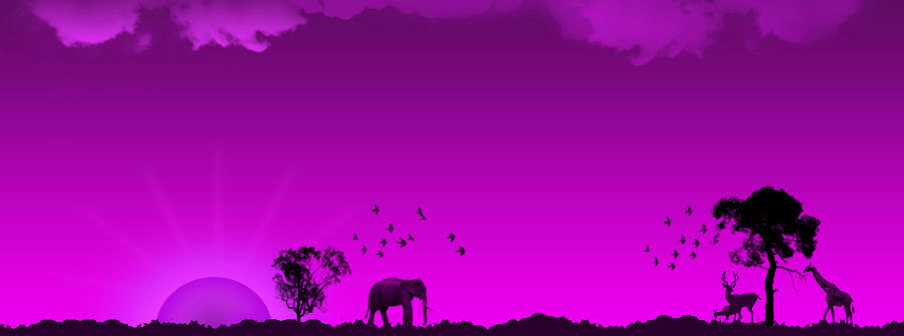Information on Interdependence of Life
By: Abbie, Greg, Isabelle and Katie
Interdependence of Life is a very likely subject to show up on our OAA this year. Hopefully after looking at our website you will be able to answer the questions covering our topic correctly!
Some of the very basics of interdependence of life are Carnivores, Omnivores and Herbivores. A Carnivore is a meat eater. They are animals that hunt for their prey in packs and have long sharp teeth. A lion is a good example of a Carnivore. Next, we have a Herbivore. Herbivores are animals that only eat plants. Sense they don't have to chew through flesh like Carnivores, their teeth are not as sharp. Examples of a Herbivore are sheep or vegetarians. Most people and some animals eat both meat and plants. This means you are an Omnivore. When Carnivores, Omnivores or Herbivores consume their food, they are getting energy. For example, when a lion eats a zebra, it gets energy that the zebra got by eating grass. The grass got its energy from the sun. This process can be shown in an energy pyramid. Feeding habits of animals such as a lion eating a zebra and the zebra eating grass, or a Hawk eating a mouse, that mouse eating a cricket, and that cricket eating grass can be shown on food webs which explain the food chain. Food chains tell you what different animals eat to get energy within their ecosystem. An ecosystem is a community of living and non-living things that work together to keep the living things alive. Examples would include; ponds - or on a bigger scale - a forest.
Similar to an ecosystem is a biome. A biome is a place on earth that has similar climate, plants, animals, etc. in one particular area. A Park is a biome because the same weather, types of trees and animals are living in the same area. If we use Wildwood MetroPark as an example of a biome, we can use the over population of deer to explain carrying capacity. Carrying capacity is the number of individuals or in this case deer, that can survive in one area living off the natural resources. Sense there are so many deer living in Wildwood MetroPark the size of the land and the amount of food and water in the area can not support all of them. This has made the deer travel into other places to try to survive. In the case the deer there are already too many of them therefore, they have to look for more space. In some cases limiting factors prevent populations from expanding or growing bigger. For example, if there is not enough resources support the living population than they will not over reproduce. Another factor that could prevent this is if there isn't enough land to keep the population growing and satisfy its needs. A good way to think about carrying capacity and limiting factors is to compare them to a restaurant. A restaurant can only seat a certain number of people at once (the carrying capacity) and this could be for many reasons such as; not enough food, staff, or seats (the limiting factors).
When you go to a restaurant, they cook you your food and you pay them for it. You both get what you want, a win win situation. This is called mutualism. In nature it occurs as well. A common example of mutualism is a clown fish and the sea anemone they live in. The clown fish gets protection from the sea anemone and the sea anemone gets food when the clown fish tricks other sea creatures into following it home. Sometimes only one species benefits from the expense of the other. This is called parasitism. A common example is a tick. It sucks a humans blood sometimes making the human become very sick or even killing the person. Commensalism is when one species benefits from the other and the other remains completely unharmed. For instance barnacles and whales show commensalism. The barnacles will stick to a whale so that it will be moved around to new areas of food. On the other hand the whale does not notice the barnacles and is not effected by them. When two or more species have a close ecological relationship it is called symbiosis. When you see birds cleaning a hippo, both the hippo and the bird benefits from it by being cleaned and the birds benefit from cleaning him. This is symbiosis in action!
After looking at our website if any questions appear on the OAA about Interdependence of Life you should know the answer!
